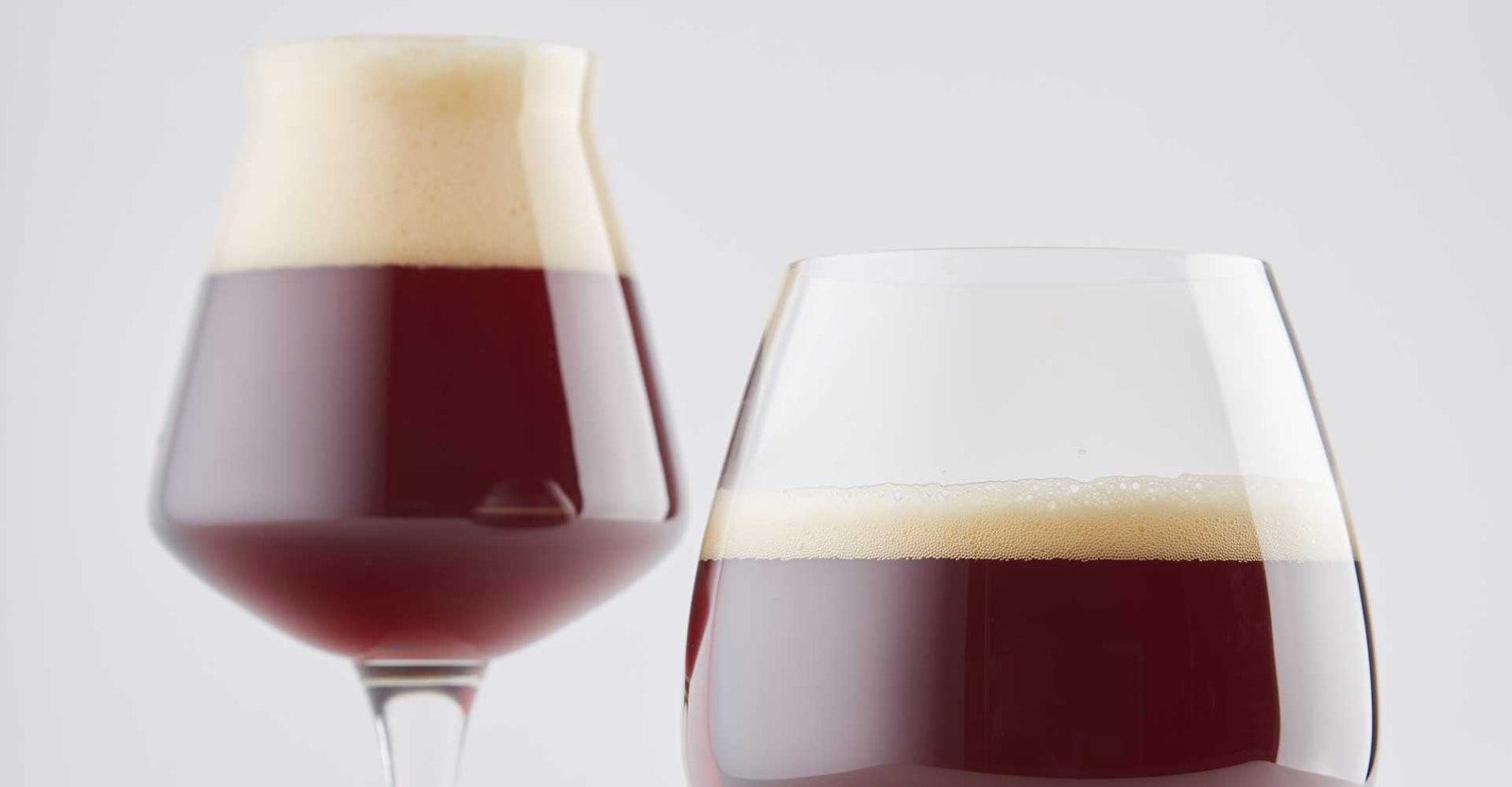With the release of the 2015 Guidelines the BJCP sought, among other things, to define with a bit more clarity a range of beers that had, since the previous revision, come into the market or taken on a new prominence within it, and which did not fit well into the existing categories from the previous edition. One such new category of beers – not a new style, but one that had previously been shoehorned into others – was the American Strong Ale. Although still something of a catchall category, we nevertheless now have some useful distinctions and targets to work with, and as the air begins to cool this can be the perfect time to try your hand at one!
Style
If you peruse the guidelines for this style you’ll find some wide ranges in the vital stats and descriptions, but that doesn’t mean there isn’t a general description that we can hew to. As the name suggests, this is a strong ale – but not so strong as to move it into the Barleywine category. The average is about 8 percent ABV, so we should be seeking some warming. IBUs are likewise high, running at about an even IBU:GU ratio. Color ranges from deep gold to amber. Why, then, is this not simply an Imperial IPA?
The answer lies in the malt, and that’s an important caveat. American Strong Ales, in their various incarnations, can certainly seem like IPAs, but scratch the surface of the flavor and you’ll notice that there’s a richness and complexity to them that is usually absent in stronger IPAs. Higher-Lovibond crystal malts are common, yielding toffee and raisin flavors. Body is full and rich. You might even have some roast in the flavor (though it should never be burnt). This means that the high bittering and hops flavor are balancing the malt, rather than what is often the opposite case in a typical Imperial IPA. Big, red beers with lots of hops are the norm here, and it’d be a mistake to ignore the strong malt flavors. Finding complementary flavors on both sides – hops and malt – are a hallmark of the style.
Recipe
In order to help along our impression of a full body, our grist will include malts that “feel” rich. Start with equal parts Munich and Maris Otter, about six pounds of each; I used to use all Maris here, but the Munich started as a single-pound addition that I liked, and I just kept bumping it up. I’ve done an all-Munich-base version here, but that was a little over the top, and so I reverted to the balanced Maris/Munich base. To that, we add 12 ounces each of Victory and Special B, to lock in the toasty and dark-caramel flavors we need. Then, just for kicks, I add a pound of flaked barley, which will smooth out the mouthfeel and aid in head retention. Some might find this grist too “simple,” but since each element is making a contribution there should be plenty of complexity in the flavor. Your post-boil OG should land at about 1.075.
In terms of hops, start with anything at 60 minutes for about 45 IBUs. Then take a nice, long break and let it boil, before heading back for your second hops addition at the ten-minute-remaining mark. At that point, add an ounce of your favorite fruity American or “down under” hop variety. I mention the non-American hops because I’ve found that the bright lemon-lime citrus you get from New Zealand varieties in particular cut nicely through the rich malt flavors (Motueka is a favorite). Finally, at flame-out add one more ounce of a similar, complementary hop. Why not the same hop? Because if you get some kind of biological reaction that nulls out your hops character, you want a backstop to ensure you don’t end up with a malt bomb.
Finally, I like to ferment this with the London Ale III yeast from Wyeast. The subtle fruit (berry) esters are a nice fit, and it’s not a bone-dry attenuator which actually works to our advantage here.
Process
You might consider mashing a bit higher than usual here. If our OG was bigger, I wouldn’t recommend it, but this is pretty modest for the style, and a little help in producing unfermentable, body-building sugars is useful here. 154F should be fine, but no higher. Boil, chill, and pitch as usual, then ferment at 64F for the first week to limit the production of diacetyl and hot alcohols. After a week, go ahead and raise it to 68-69F to push it through to the end of fermentation and clean up any diacetyl or precursors that might have developed.
At this point, lots of people will reach for the hops again, but I wouldn’t recommend it. I’ve gone the dry hops route, but I find that the resin and grassy flavors aren’t worth the extra punch of hops in the nose, and I end up waiting for it to fade out. If you’re not happy with the level of hops in the aroma, just increase those late additions – don’t worry about IBUs, we’re only at about 60, and can handle a few more.
In Closing
This beer can be aged, but you’re obviously going to lose hops character as you do. Given enough time it will probably resolve into something very much resembling a Barleywine, and by all means, feel free to shift it over into that category for competitions! You may find it does well there. I treat this beer as one to drink, though, which is why I like to brew it in the early fall. It’s really rocking come Thanksgiving, and the hops nearly always hold on well into the New Year. You should be able to count on a flavor-stable, malt-and-hops party through the Super Bowl and February snows. Enjoy!

